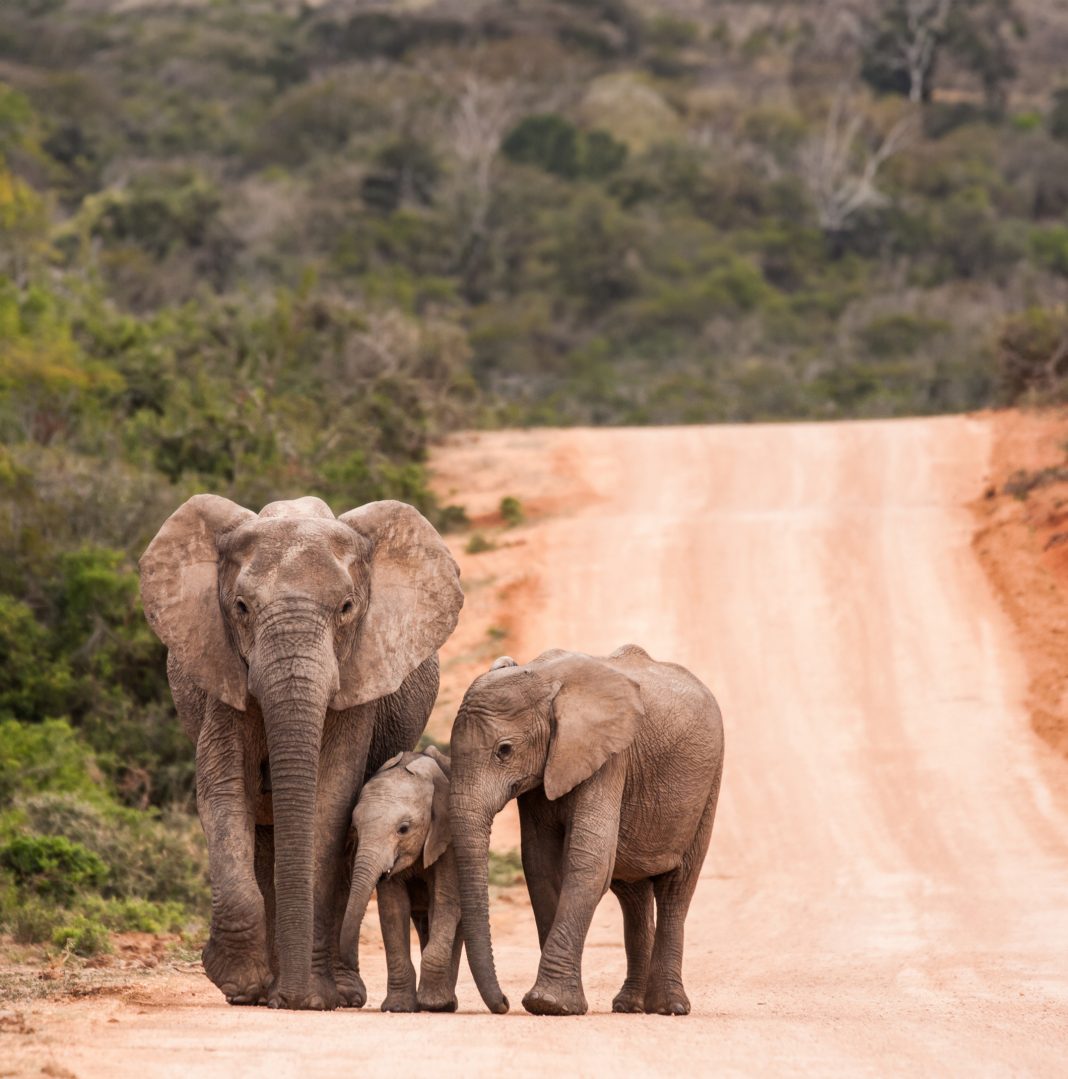The International Council for Game and Wildlife Conservation calls for transparent dialogue between the Global North and South when it comes to conservation, human rights and climate protection, particularly concerning elephant populations
The savannah elephant – Africa’s symbolic animal – has reclaimed large parts of its original range thanks to rigorous conservation measures. In the transnational Kavango–Zambezi Transfrontier Conservation Area (KAZA), in Southern Africa, which is the size of Spain, the animals have been able to multiply rapidly.
However, this is not without problems for people: elephants are increasingly destroying the annual harvests, supplies, seeds for the following year’s harvest, houses and entire villages of a population that lives primarily from subsistence farming. People are injured or killed in encounters.
Large elephant populations aren’t always a good thing
“Political actors often present it as if the rural population benefits from conservation through tourism, but high elephant populations do not initially bring any added value. If too many of the grey giants live in an area, this also creates an unfavourable carbon balance, as the animals damage or even uproot trees in their search for food,” says the University of Potsdam, Germany, which is conducting field research into visions for the future of rural Africa.
Potsdam is also investigating the impact of (excessively) large animal populations, including elephants, on natural habitats and the people living alongside these animals.
Are large elephant populations killing the climate?
Elephant populations in parts of Southern Africa have long since reached a size that has the potential to become a “climate killer”: The animals are changing entire landscapes due to their high density, destroying their own habitat and that of dozens of other endangered animal and plant species, whether in Kruger National Park or along the Chobe River. In the case of the Potsdam study in Zambia and Namibia, the question of what influence the animal has on a possible carbon release through overgrazing of typical savannah landscapes is also being investigated.
Western narrative: Protection, protection and more protection
This perception of an animal species is far removed from the narrative that prevails in the Global North: Western governments and conservation organisations want to protect habitats at any price to enable the migration of “iconic” African animal species such as elephants and lions. On the other hand, there are local visions of export-orientated land use. However, the rural population cannot really participate in either one or the other: “These visions are not only spatially mutually exclusive, their peaceful coexistence is also very doubtful,” says Potsdam.
Lack of consultation
Current endeavours by European government representatives – the UK, Germany and France are mentioned here as examples – have one thing in common: although they are part of international trade agreements such as the Convention on International Trade in Endangered Species of Wild Fauna and Flora, CITES, or members of the International Union of Conservation of Nature, IUCN, current political developments in London, Berlin and Paris are sorely lacking in consultation with partners.
There are also few media statements from the Global South, with a few exceptions. Botswana’s President, Dr Masisi, is one of the figureheads when it comes to an increasingly critical approach to politics and the media and says: “We, the most successful wildlife conservationists in the world – particularly to do with our majestic species the elephant – would like the world to recognise what sacrifices we’re going through to succeed like that”.
Message from Namibia: Sovereign right to sustainable utilisation
“Like in Germany and Europe, wild species need sustainable, regulated management to ensure the conservation of their populations and habitats, as well as to prevent damage to our agriculture and forestry,” writes Namibia’s government in a recent message to the government in Germany. There is talk of “unilateral, unlawful, neo-colonial interference” decisions.
“In our country, revenue from any form of sustainable use is essential for achieving our national and international climate protection goals by preserving habitats, ensuring human rights through job and food security, and developing a thriving wildlife economy through balanced photo- and hunting tourism,” says Namibia’s Minister of Environment and Tourism Pohamba Shifeta.
Europe is building a green fortress
A cross-front of animal rights lobbies and “green” politics is torpedoing European trade and environmental policy and alienating the countries of the Global South. The profiteer is neither the elephant nor the lion. Even less the human being and even less urgently needed measures in global climate protection. Europe would, therefore, do well to listen.
While all large land mammals have been wiped out in Europe and are now slowly coming back, Southern Africa has never forgotten how to live with and alongside these animals. The Global North would do well to inform itself where successful species conservation, the preservation of jobs, education and food security and a massive contribution to global climate protection are daily business: In Southern Africa, Central Asia and North America.
- About the authors: Stephan Wunderlich: Forester and Press Officer of the International Council for Game and Wildlife Conservation (CIC)
- Bilal Mustafa: Research Scientist GC University Lahore, Pakistan
- Bupe Banda Mhango: CBNRM/Conservation Leader, Zambia, Masters in Conservation Leadership Student, Cambridge University
- Jens Ulrik Hogh: Recreational hunter, freelance writer, and communications officer of the International Council for Game and Wildlife Conservation (CIC)
- About: The CIC is a globally trusted, politically independent, intergovernmental organisation that promotes principles of sustainable use.

This work is licensed under Creative Commons Attribution-NonCommercial-NoDerivatives 4.0 International.


